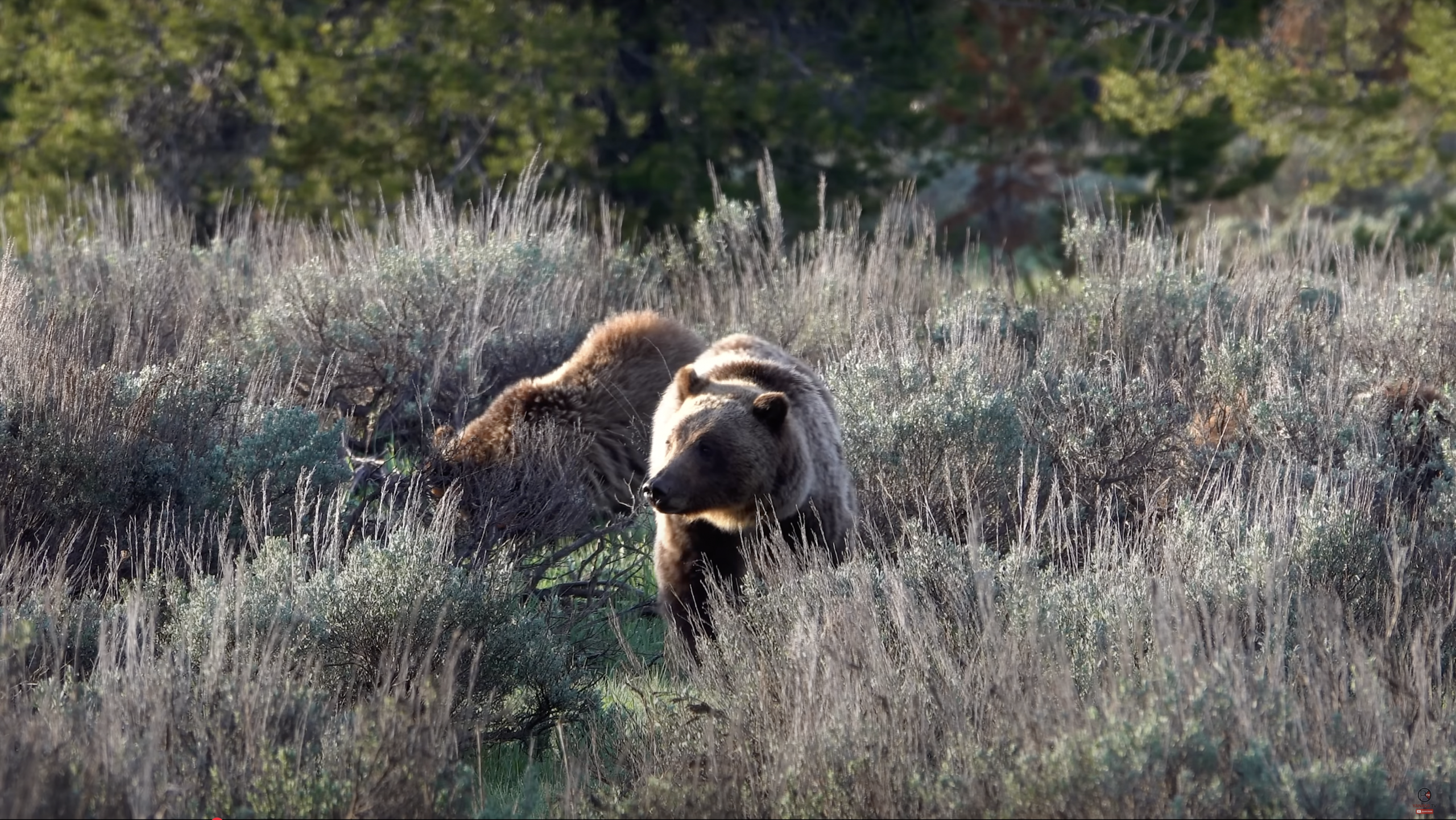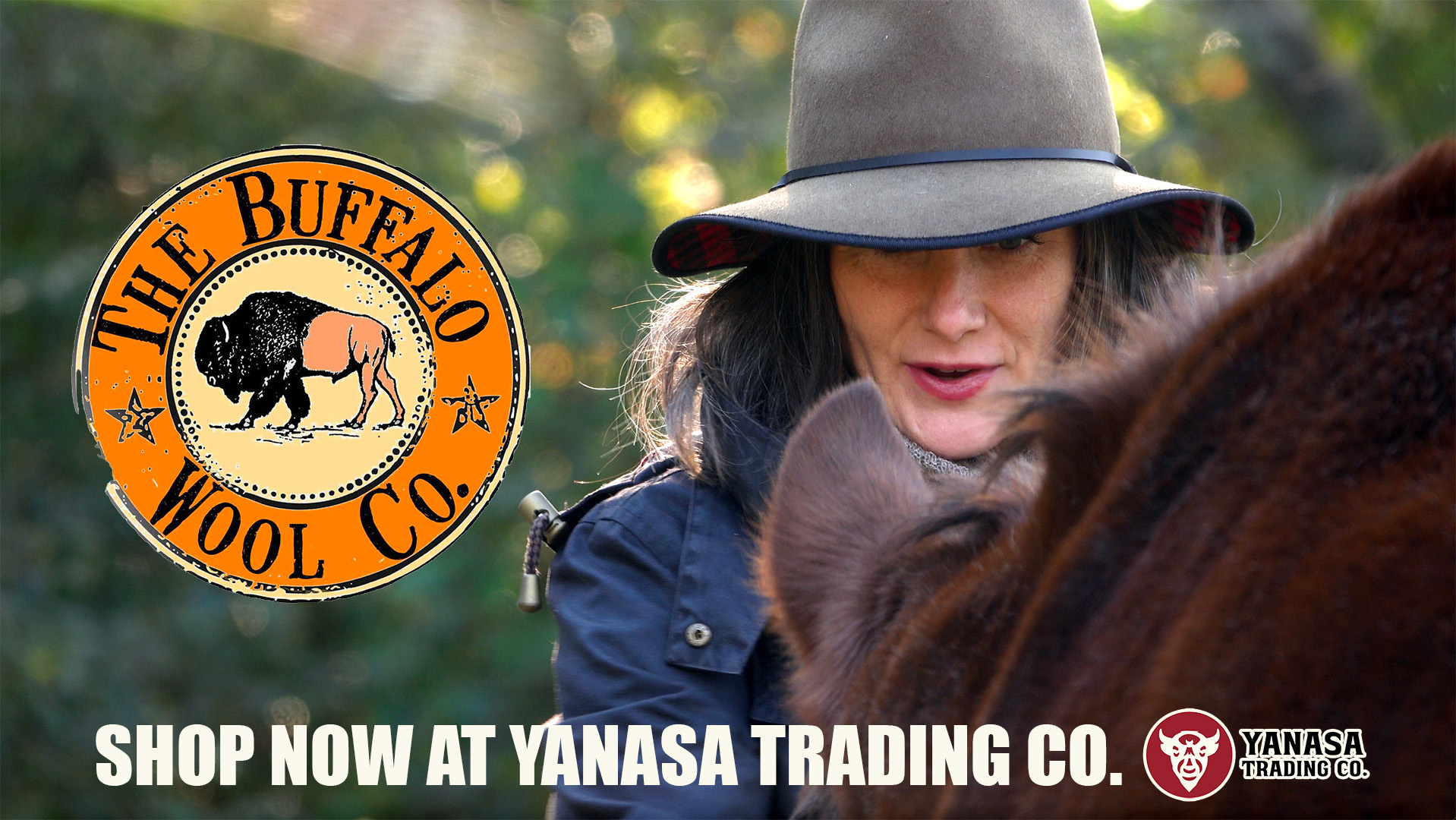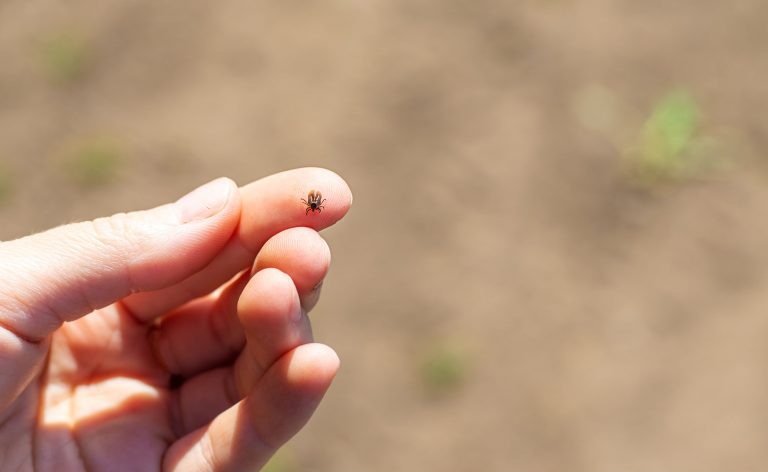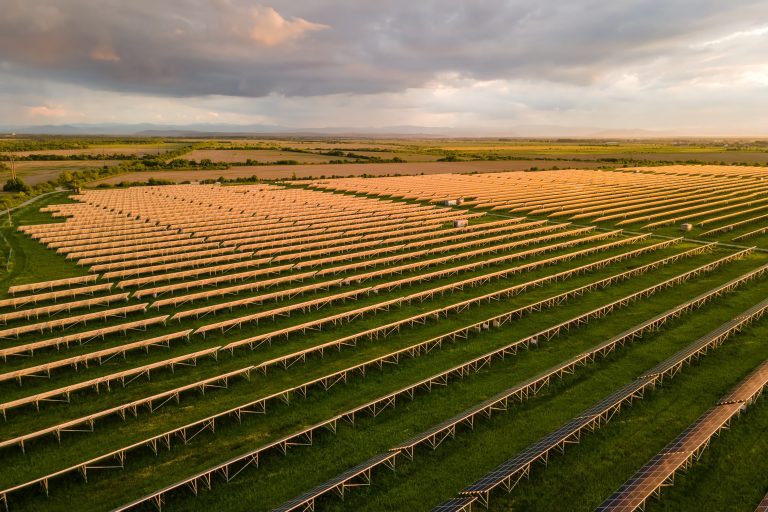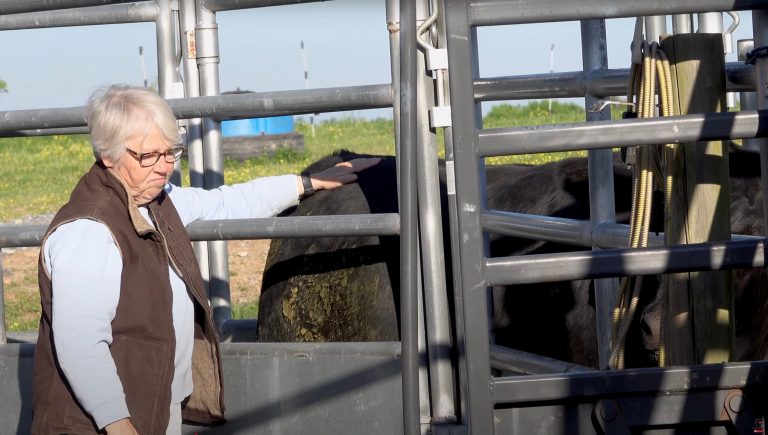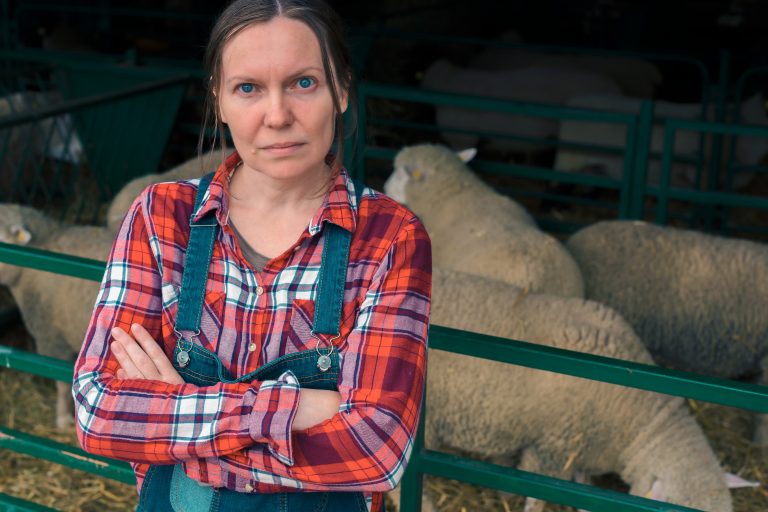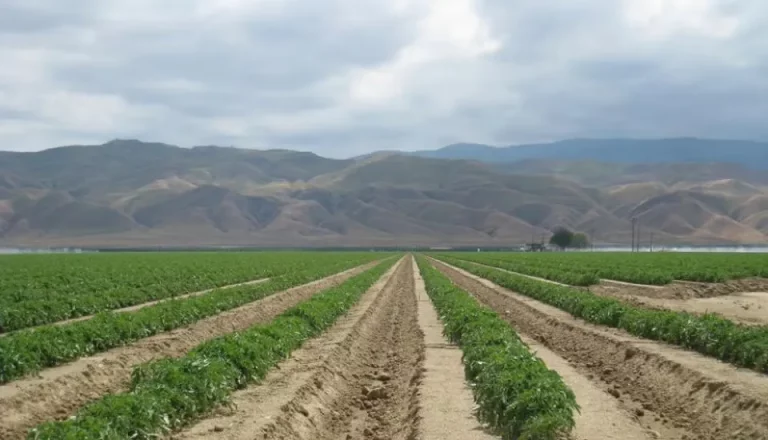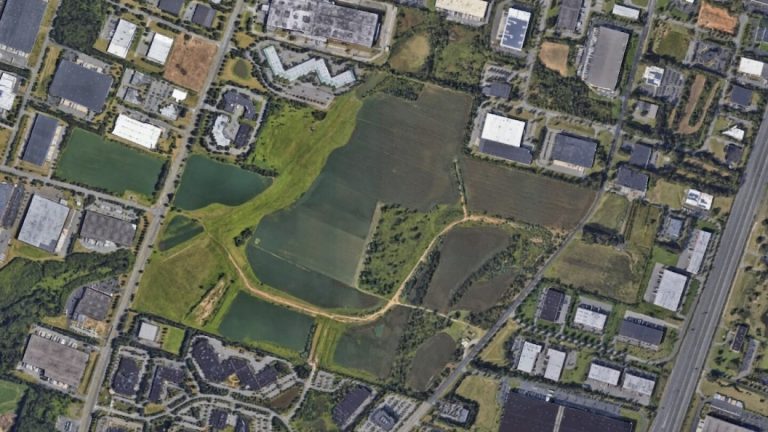Yanasa TV News
Rancher innovation shows that cattle and grizzlies can share the same ground—if grazing is managed with wildlife in mind.
A recent federal court ruling halted the expansion of cattle grazing on public lands north of Yellowstone, citing inadequate analysis of grizzly bear habitat connectivity. The decision has reignited a long-running debate: can livestock grazing and grizzly conservation coexist? The truth is, they already do in many places—but coexistence requires deliberate management, innovation, and cooperation.
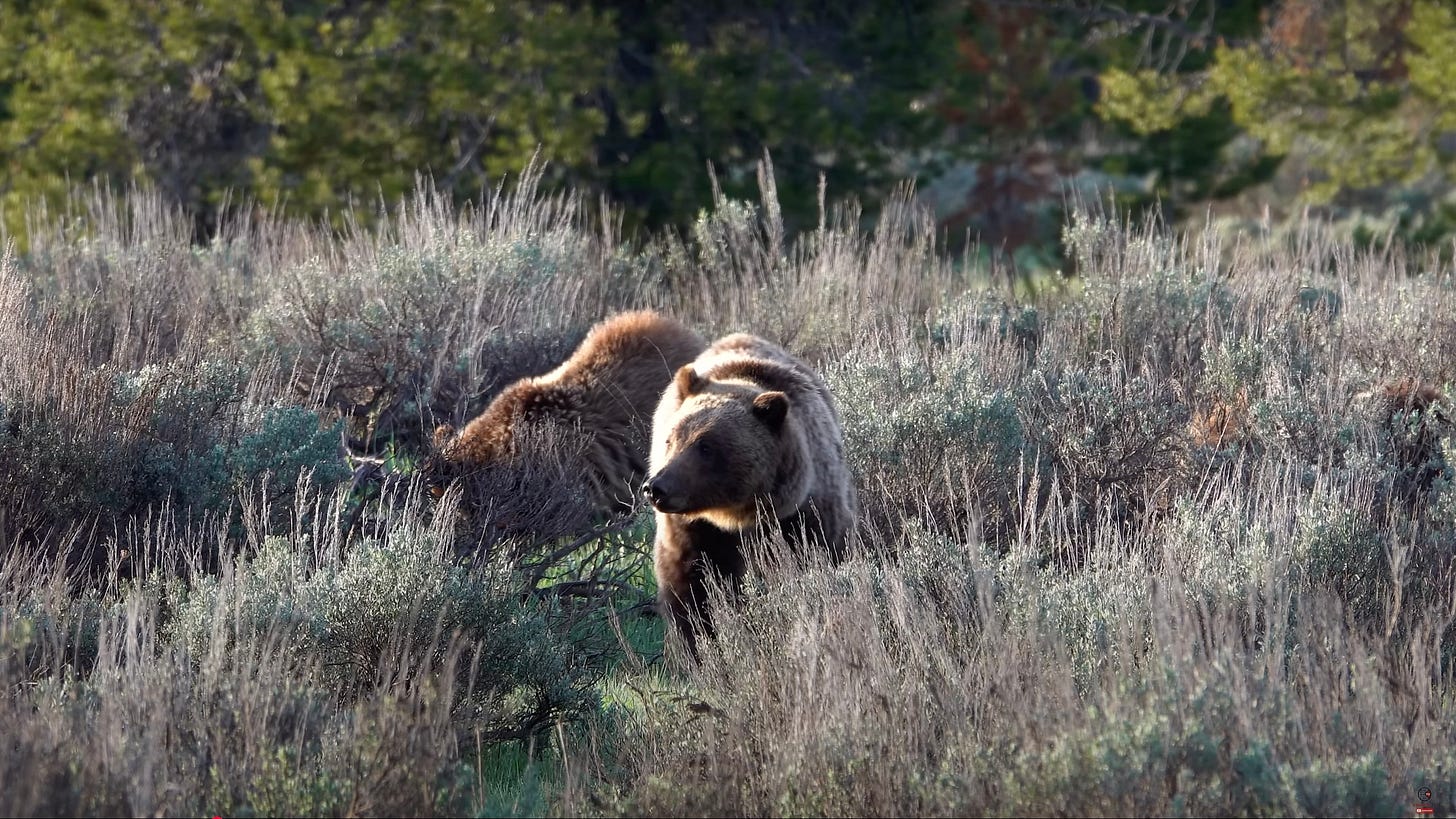
Grizzlies and Grazing: A Shared History
Grizzly bears are not strangers to landscapes shaped by large grazers. For thousands of years, bison herds roamed the Greater Yellowstone region, leaving behind carcasses and grazing patterns that created niches for a wide web of species—including the grizzly itself. Today, domestic cattle often fill parts of that ecological role. Properly managed, they can keep grasslands open, cycle nutrients, and even provide carrion that sustains wildlife.
But unlike bison, cattle don’t migrate freely across the landscape. Fencing, calving patterns, and human husbandry practices alter the dynamics. That means ranchers and wildlife managers must work intentionally to minimize conflicts.
The Conflict Risk Is Real
Grizzlies are opportunists. Data out of Wyoming show record cattle depredations in recent years, with hundreds of head lost. Bears are particularly drawn to calving grounds, bone piles, and mineral licks. Fencing, while meant to protect livestock, can also fragment habitat and block historic travel corridors for bears and other species.
These realities can’t be ignored. Grizzly populations depend on connectivity between recovery zones, and poorly planned grazing operations can unintentionally increase the risk of conflict or disrupt critical pathways.
Rancher Innovation: Proof That Coexistence Works
Despite these challenges, many ranchers are proving coexistence is not only possible but practical. In British Columbia, one ranch installed multiple gates along pasture fences, opening them seasonally to allow grizzlies and elk to move freely through the landscape. In Yellowstone’s outskirts, others time their grazing rotations to avoid peak wildlife migrations or berry seasons when bears are most active.
Some of the most effective practices include:
- Carcass management: prompt removal or composting to prevent bear attractants.
- Electric fencing at salt and mineral sites to deter bear use without blocking movement.
- Range riders and guard animals to detect and respond to wildlife presence early.
- Adaptive turnout dates that account for seasonal bear food needs and calving vulnerability.
These strategies don’t eliminate risk—but they reduce it enough to keep both cattle and grizzlies thriving on shared ground.
A Smarter Path Forward
The judge’s ruling was not a declaration that cattle and grizzlies cannot coexist. It was a reminder that agencies must show, with data and plans, how risks are managed. Ranchers already experimenting with coexistence measures should be at the center of that conversation.
A one-size-fits-all ban doesn’t recognize the innovation already happening on the ground. Instead, flexible allotment plans that incorporate proven coexistence tools can protect grizzly connectivity, preserve working ranches, and keep the landscape whole.
To Sum It Up
Cattle and grizzlies are not natural enemies—they are neighbors on the same land. With thoughtful management and the right incentives, they can continue to share the high country. If we truly value healthy ecosystems and thriving rural communities, then we should invest in coexistence, not division.

